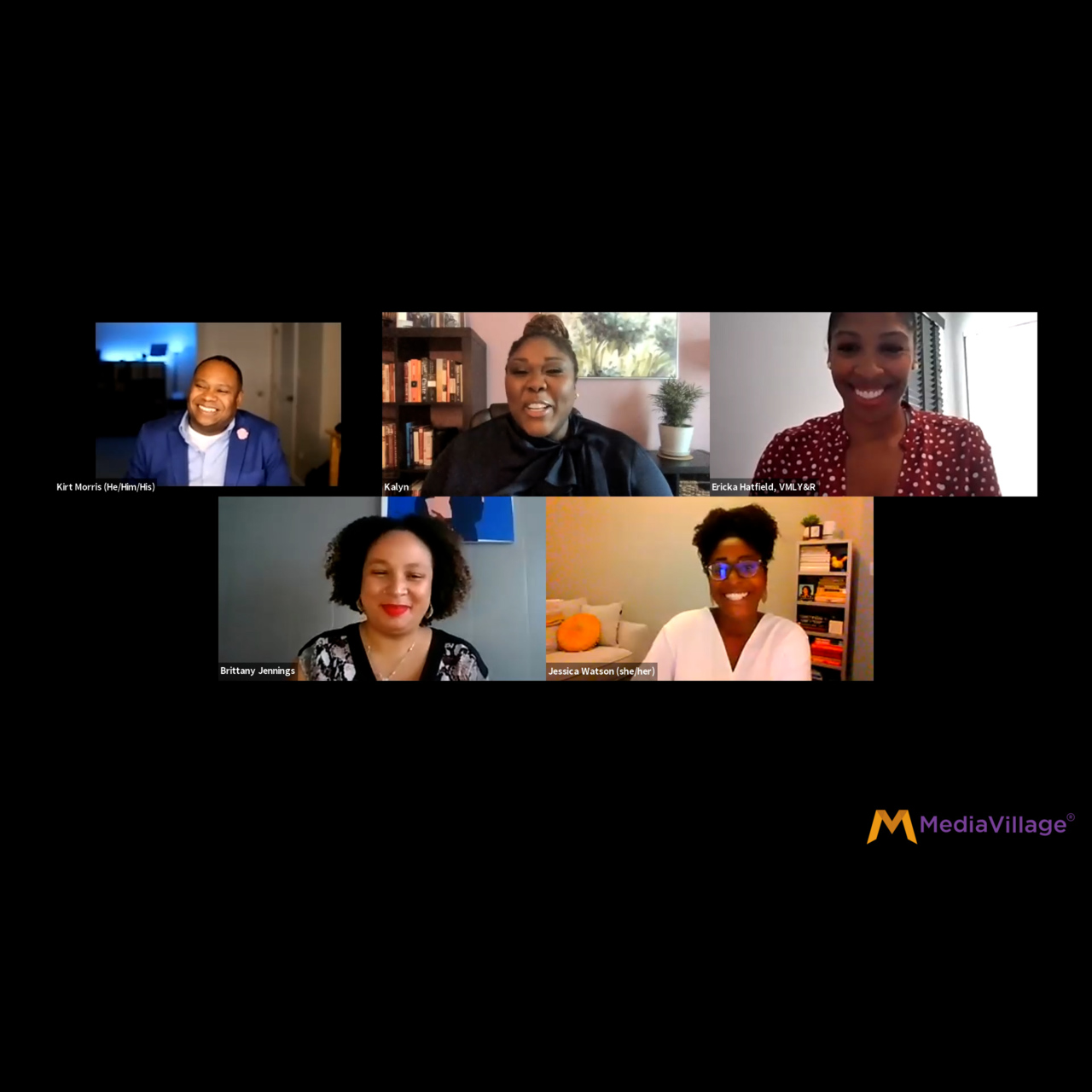ERGs: Brave Spaces Where None Have to Shrink for Others to Shine

Employee empowerment is not a new concept. Employee Resource Groups (ERGs), originally called Workplace Affinity Groups, began in the 1960s in response to U.S. racial tensions. In 1964, Joseph Wilson, the CEO of Xerox at the time, along with Black employees, created the ERG platform to respond to the racial riots that had plagued Rochester, New York where Xerox had its headquarters. Fast-forward 60 years and we see the evolution of the concept of Employee Resource Groups, also called Employee Resource Teams, which today represent a committed effort by companies to create belonging and inclusion by bringing groups together on the basis of a shared identity from the perspective of gender, race, sexual orientation, disability, veteran status or any other criteria that signifies community. More recently the ERG concept had embraced a more ambitious mandate -- to be a force for growth, not just employee empowerment. The use of the term BRG (Business Resource Group) reflects this growing trend. During the Advancing Diversity Week panel on the topic "Employee Resource Groups as a Force for Change," we heard from five leaders on the impact ERGs have made in their organizations and what has proven to be their key drivers of success. (You may view the panel in its entirety in the video above.)
Strong allyship
One of the significant benefits of bringing employees together through ERGs is to create a safe place for unconditional support, and the role of allies is critical to achieving this.
Ericka Hatfield, Director, Client Engagement, VMLY&R, highlighted how the agency has been "activating groups within ERGs and energizing them to use their unique skills and voices with the support of allies." She emphasized that "it is very important to invite others outside the ERG into the discussions, activations and collaborations."
Jessica Watson, Associate Director, Talent Engagement & Inclusion from Publicis Groupe U.S., stressed the importance of the role of allies as "learners and also as enablers of change."
At Publicis, the term BRGs is used instead of ERGs, to reflect the wider impact that employee engagement can have on both culture and performance. Watson highlighted the need for "brave spaces" (beyond "safe spaces") that are "dynamic and psychologically safe ... so that allies understand what is in the hearts and minds of employees and are able to experience firsthand what advocacy looks like."
Business-wide impact
In terms of measurement of ERG success, in addition to employee engagement measures, the panelists agreed that business impact metrics also need to be taken into account, while paying particular attention to providing emotional and psychological support to ERG leadership.
Kirt Morris, Global Head, CEI, CXM line of Business, from dentsu, shared how the 300 people involved in the company's ERGs are encouraged "to learn new approaches and unlearn old habits that don't advance diversity goals." Morris stated the company has moved from a hype-driven "Food, Fun and Flags" focus to a substance-focused "People, Policy, Progress" mindset.
Brittany Jennings, Senior Associate, People & Culture at Lippe Taylor, highlighted how the company's seven ERGs are "empowered to make their own decisions in relation to employee engagement," with 60% of the company's 200-strong workforce directly involved in them.
The panelists agreed that ERGs are encouraged to take action with clear next steps and metrics for them to be effective.
C-Suite leadership support
The panelists unanimously also agreed that it is crucial for C-suite leaders to listen with the intent to understand and show their support not just through proclamations at Town Halls but by attending ERG meetings and speaking to the teams, encouraging them to freely voice their ideas. Hatfield stressed the role that collaboration plays as leaders not only speak up but "act authentically, listening and moving faster than ever."
Mentorship and sponsorship are two very valuable platforms that once endorsed by the C-suite can help accelerate the careers of high-potential, diverse team members. When involved in ERGs, team members are able to use their heightened visibility to advocate for change while at the same time showcase their skills and capabilities, positioning them for a faster career growth trajectory.
Stakeholder Expectations
In managing ERGs there are multiple stakeholders who need to be carefully managed, from executive sponsors to allies to ERG members. Morris explained that this requires "energy, space and grace" that needs to be granted to those who step up to take ERG leadership roles, stressing that "we need to support them on this journey, given so many are doing this role at the side of their desk in the midst of also delivering on very demanding day jobs."
By focusing on the common purpose of empowerment and business growth, stakeholders can support each other by taking a "one on one approach, understanding goals and asking how team members can be supported in their developmental journey -- a journey that everyone is on," Jennings added.
Elevation of Culture
In terms of expressing company culture, ERGs can serve as a barometer of employee motivation and loyalty. In terms of performance it is not a zero-sum game. Morris aptly reminded us that "none of us have to shrink for others to shine."
The moderator Kalyn Wilson, CEO of Dream Forward Consulting, stressed, "When you diversify leadership, culture is strengthened and activates the type of behavior that is aligned with equitable and empowering company values."
ERGs have the ability to not only create inclusive communities where team members can feel supported, but to also enrich overall company culture and signal the types of behavior that celebrates true representation and belonging. Senior leaders and executive sponsors play an important role as champions for diversity and inclusion in organizations and help identify opportunities for greater trust, openness and transparency. In addition, ERGs play a pivotal role in sharing knowledge, raising cultural awareness and enhancing cultural competence.
According to the panelists, ERGs that work successfully act as an employee support system, providing coaching, education, personal growth, best practices and idea sharing.
The key drivers that connect diverse teams within organizations intersect with the urgency for social impact as well as the mandate for advancing diversity. With a dual focus, ERGs can serve as both a driver of growth and as a force for positive cultural change. The panelists agreed that as ERGs move towards making a lasting business impact, they need to be elevated and recognized across the entire organization as an invaluable source of insights, innovation and, above all, inspiration.
Click the social buttons to share this content with your friends and colleagues.
The opinions and points of view expressed in this content are exclusively the views of the author and/or subject(s) and do not necessarily represent the views of MediaVillage.com/MyersBizNet, Inc. management or associated writers.


